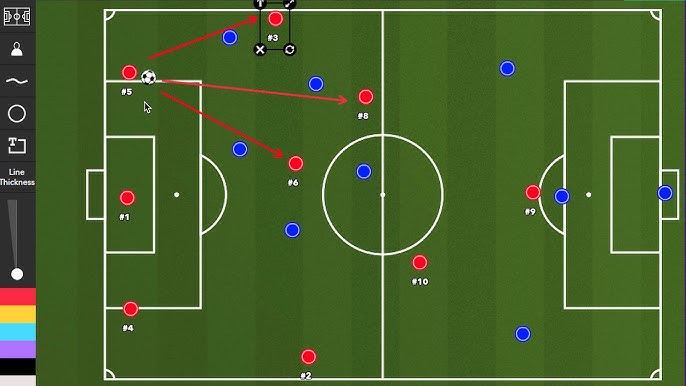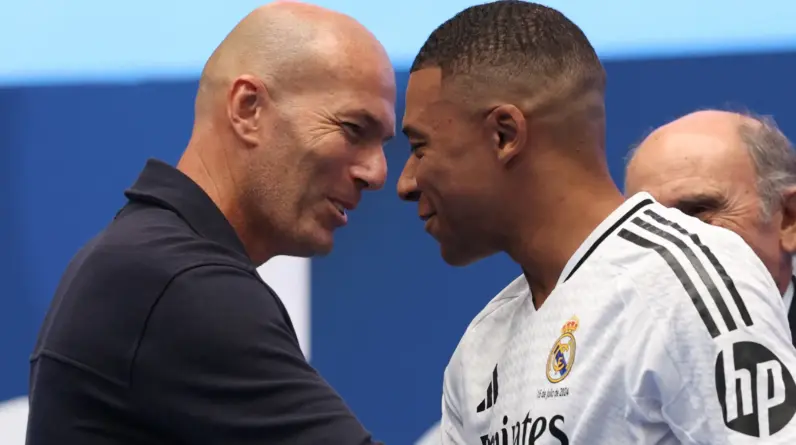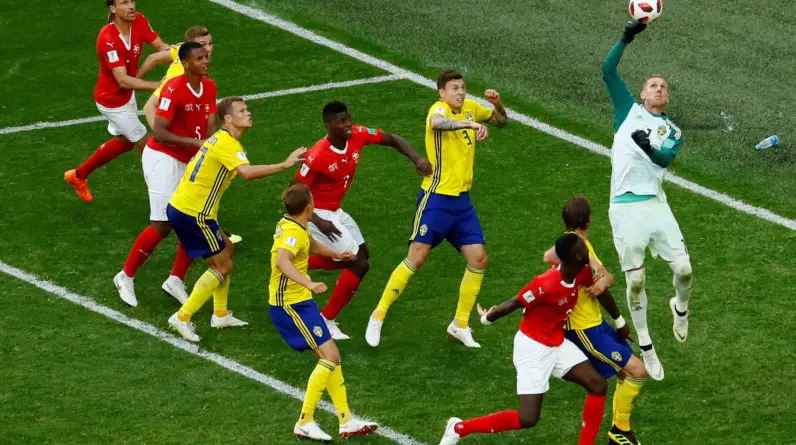
Soccer, known as the beautiful game, thrives on the intricate web of tactical mastery. At the core of every winning team is a comprehensive approach to tactics that shapes their performance on the field. Understanding these strategies is not just beneficial; it’s essential for players and coaches aiming for greatness.
The Power of Formation in Soccer
The formation a team adopts plays a critical role in defining its style of play. Popular formations like 4-3-3 and 4-2-3-1 each offer unique advantages. The 4-3-3 formation emphasizes attacking width, allowing for dynamic play, while the 4-2-3-1 provides a solid midfield presence. Choosing the right formation can make all the difference in a match.
Coaching: The Heart of Tactical Development
A skilled coach is fundamental to any successful team’s tactical evolution. Coaches not only analyze opponents and devise strategies but also instill these tactics in their players. A well-prepared team that understands its tactical approach is better equipped to respond to the ever-changing dynamics of a game.
Opponent Analysis: The Key to Tactical Advantage
In soccer, knowledge is power. Teams that invest time in analyzing their opponents gain a tactical edge. Understanding an opponent’s formation and gameplay allows teams to exploit weaknesses, turning the tide in their favor. This meticulous preparation is a hallmark of successful teams.
Pressing Strategies and Defensive Structures
Modern soccer places significant emphasis on pressing and defensive tactics. Implementing a high press disrupts opponents’ build-up play, creating opportunities for quick turnovers. Conversely, employing a low block can frustrate attacking teams, making it challenging for them to penetrate defenses. Mastery of these tactics is crucial for any competitive squad.
The Midfield: Control and Command
Dominating the midfield is often seen as the cornerstone of tactical success. A strong midfield presence not only dictates the game’s tempo but also facilitates both defensive stability and attacking opportunities. Teams that excel in midfield are often the ones that create the most scoring chances.
Maximizing Set Pieces for Scoring Opportunities
Set pieces represent critical moments in a match that can significantly influence the outcome. Teams that effectively execute corner kicks, free kicks, and throw-ins capitalize on scoring chances that may otherwise be missed. Mastering set pieces is an essential aspect of any successful tactical strategy.
Adaptability: The Key to Success in Real-Time
In soccer, flexibility is paramount. A team’s ability to adjust its tactics during a match can be the difference between victory and defeat. Coaches and players must maintain clear communication to implement changes based on real-time game dynamics, responding swiftly to challenges as they arise.
Psychology and Tactics: The Hidden Connection
Tactics in soccer extend beyond physical strategies; they also involve psychological elements. A well-crafted tactical plan can bolster players’ confidence, while poor execution may lead to frustration and diminished morale. Understanding this interplay is vital for both coaches and players aiming for success.
Harnessing Technology for Tactical Analysis
In today’s digital age, technology has transformed how teams approach tactical analysis. Coaches utilize video breakdowns and data analytics to scrutinize performances, allowing for more informed strategic adjustments. This tech-driven approach provides invaluable insights that can enhance tactical planning.
The Global Influence of Tactical Philosophy
Tactical strategies in soccer vary globally, influenced by cultural perspectives and historical context. For instance, South American teams often prioritize flair and creativity, while European squads may emphasize structure and discipline. Recognizing these diverse approaches enriches the appreciation of soccer as a global sport.
Fan Engagement: Shaping Tactical Decisions
The relationship between teams and their fans can impact tactical choices, particularly in high-stakes situations. Coaches must navigate the expectations of passionate supporters while making strategic decisions. This dynamic can influence game plans and overall performance.
The Unwritten Rules of Tactical Adaptation
While many tactical elements are well-documented, unwritten rules based on experience also play a significant role. These subtleties can be decisive in crucial moments, as players learn to adapt based on their understanding of the game’s nuances.
Building a Winning Culture Through Tactics
Successful teams often cultivate a culture rooted in their tactical philosophy. This environment encourages players to buy into the system, understanding their roles within it. A cohesive team that believes in its tactical framework is more likely to achieve enduring success.
The Path to Tactical Mastery
Mastering tactical strategies is essential for any soccer team aspiring to greatness. From carefully selecting formations to executing in-game adjustments, every decision counts. By fostering a culture of innovation and tactical awareness, teams can navigate the complexities of the sport and strive for excellence on the pitch.
Conclusion: The Future of Tactical Strategies in Soccer
As the game continues to evolve, so do the tactical strategies that define it. Coaches and players must remain open to innovation and adaptation to stay ahead of the competition. The beautiful game thrives on its ability to captivate fans and inspire players, making tactical mastery a cornerstone of its enduring allure.






